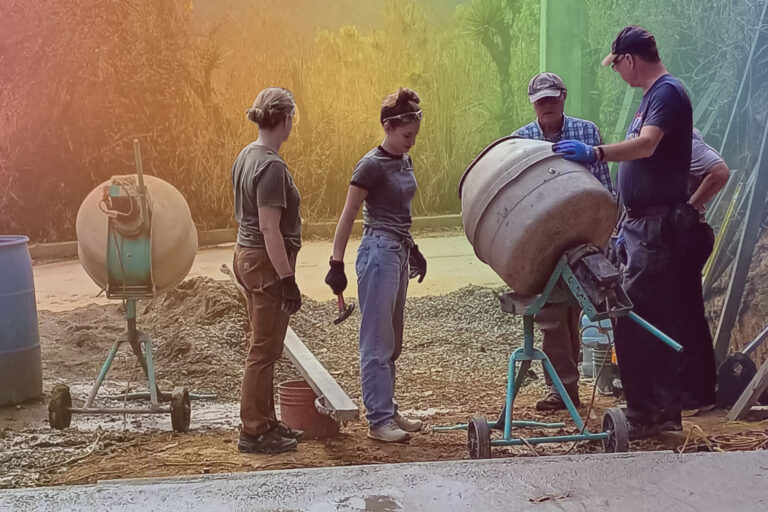[vc_row type=”in_container” full_screen_row_position=”middle” column_margin=”default” column_direction=”default” column_direction_tablet=”default” column_direction_phone=”default” scene_position=”center” text_color=”dark” text_align=”left” row_border_radius=”none” row_border_radius_applies=”bg” overlay_strength=”0.3″ gradient_direction=”left_to_right” shape_divider_position=”bottom” bg_image_animation=”none”][vc_column column_padding=”no-extra-padding” column_padding_tablet=”inherit” column_padding_phone=”inherit” column_padding_position=”all” column_element_spacing=”default” background_color_opacity=”1″ background_hover_color_opacity=”1″ column_shadow=”none” column_border_radius=”none” column_link_target=”_self” gradient_direction=”left_to_right” overlay_strength=”0.3″ width=”1/1″ tablet_width_inherit=”default” tablet_text_alignment=”default” phone_text_alignment=”default” bg_image_animation=”none” border_type=”simple” column_border_width=”none” column_border_style=”solid”][vc_column_text]Source: StarTribune
This spring, two of Minnesota’s foremost advocacy agencies faced a marketing dilemma: how to create a campaign against abuse of people with disabilities without reinforcing negative stereotypes of them as frail and helpless.
Months of research, interviews and focus groups have culminated in a simple but powerful campaign built around the lived experiences of people with disabilities and a four-word slogan: “Treat People Like People.”
The unconventional campaign, which launched last week, marks the first time that Minnesotans with disabilities have played a central role in the messaging of a statewide campaign to prevent abuse and neglect. And unlike many anti-abuse campaigns, which reduce victims to impassive caricatures, “Treat People Like People” features people with disabilities as fully actualized humans, with voices and dreams of their own.
While still being polished, the campaign is already drawing praise from disability rights groups and researchers, who see it as a critical tool in combating an epidemic of violence against adults with disabilities. In 2018 alone, state and local agencies in Minnesota received more than 56,000 allegations of abuse, neglect and financial exploitation of adults with disabilities; that includes 11,460 allegations of physical and sexual abuse, according to data.
“Clearly, what we have been doing is not working, so we have to change the way we think about people with disabilities,” said Roberta Opheim, state ombudsman for mental health and developmental disabilities and one of the architects of the campaign.
The new campaign is notable for what it’s not: alarming, sensationalistic or grotesque.
The creative staff at the Minneapolis-based advertising agency Russell Herder reviewed anti-abuse campaigns in more than a dozen states and countries, including Australia, Canada and the United Kingdom. Many of these campaigns aim to shock: There are graphic images of sobbing children, bruised and beaten women and terrified or cowering senior citizens. Celebrities, including Angelina Jolie and Madonna, have appeared beaten, bruised and disfigured in anti-violence ads.
The problem with such shock-and-outrage campaigns, says Nancy Fitzsimons, a social work professor at Minnesota State University, Mankato, is that they “reinforce the false otherness” of abuse victims and perpetuate the misperception that people with disabilities are inherently weak or powerless. The campaigns also focus on physical or sexual violence and fail to recognize the routine indignities and less-visible forms of abuse that people with disabilities face each day, she said.
“The moment that an individual is regarded as ‘less than,’ then it is easier to dehumanize them,” said Brian Herder, chief creative officer at Russell Herder. “So the idea here is … to show people with disabilities as fully realized, fully informed and fully engaged people.”
‘Quiet the rushing thoughts’
Among the campaign’s co-creators is Sarah Bender, a 48-year-old artist and former special-education teacher who has cognitive disabilities.
In 2003, Bender had parts of her brain surgically removed to alleviate her severe epilepsy. The surgery left her with short-term memory loss, bouts of anxiety and difficulties processing information. Bender likens her brain to “an old guy who keeps putting files in the wrong cabinets,” which sometimes means she becomes disoriented and can take longer to recall names and events.
Yet Bender said people frequently make false assumptions — that she is incapable of creative achievement, for example.
In fact, after her surgery, Bender discovered that art was therapeutic, enabling her to focus her attention and “quiet the rushing thoughts” in her brain. Bender has produced more than 100 paintings and carvings since her surgery. She is still finishing a brightly colored landscape mural that covers nearly two walls of her Apple Valley apartment.
“It’s a reflection of my heart and my soul, and whatever needs to come out in the moment,” Bender said, explaining a painting with lush greenery and expanding suns.
Of the anti-abuse campaign, Bender said, “I believe we have to assume the very best about people. Everyone has their issues, but that doesn’t mean we’re defined by them.”
For now, the “Treat People Like People” campaign consists of a website with personal stories, informational posters, social media posts and tool kits on how to recognize and prevent abuse. There are video clips of Minnesotans with a range of disabilities singing, talking about their talents and sharing their personal ambitions. The website also invites people to make an online pledge to “treat people like people,” with dignity and respect.
Much of the campaign’s content is directed at care providers, who are among the most common offenders.
National research has found that most violence against people with disabilities is perpetrated by people they know, including caregivers and relatives. In one harrowing case last year, a woman with intellectual disabilities was repeatedly sexually abused and impregnated at a St. Anthony group home by a male caregiver. And just last week, a male aide who worked at group homes in southwest Minnesota was charged with raping two adult residents with intellectual disabilities.
The campaign was spearheaded and funded by two state advocacy agencies — the Office of Ombudsman for Mental Health and Developmental Disabilities and the Governor’s Council on Developmental Disabilities.
The heads of both agencies have bigger ambitions for the campaign, including television commercials, highway billboards and signs on buses, depending on future funding. So far, the agencies have spent less than $100,000 on the campaign.
“We are dreaming big,” Opheim said. “We want to promote the idea that people with disabilities are part of the essential fabric of society, are not ‘the other,’ and deserve to be treated the way you and I want to be treated.”
[/vc_column_text][/vc_column][/vc_row]





